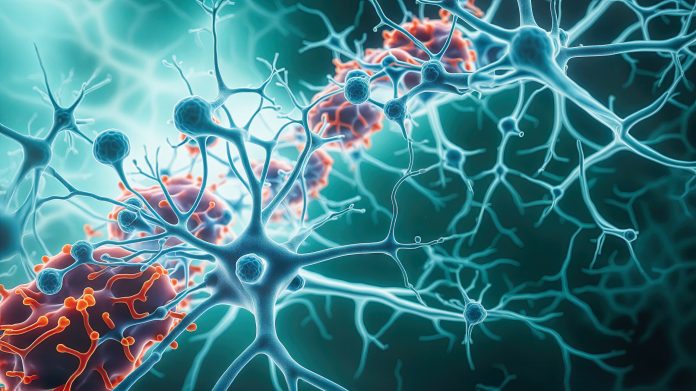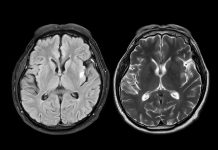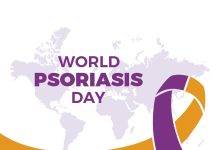Alzheimer’s disease development research: For nearly a century, medical experts have known that individuals who suffer brain trauma, such as traumatic brain injury (TBI), are at an increased risk of developing dementia later in life
However, the exact molecular mechanisms behind this link have remained unclear, making it difficult to develop effective treatments to prevent dementia in those affected by TBI.
A team of researchers from Lund University, working within the MultiPark strategic research area, believe they have uncovered an important clue in the brain’s blood vessels.
Alzheimer’s disease development: Molecule change after brain trauma
Traumatic brain injuries often cause disruptions in the brain’s blood flow, which could lead to further damage to brain tissue. It is, however, thought that these disruptions can worsen the effects of brain injury; the precise way they contribute to the development of neurodegenerative conditions, including Alzheimer’s disease, has been elusive.
To investigate this issue, a research team led by Niklas Marklund, a professor at Lund University and neurosurgical consultant at Skåne University Hospital, examined the molecular changes that occur after brain trauma. Together with experimental scientist Ilknur Özen, the team focused on a study that looked at brain tissue from 15 patients who had undergone surgery due to bleeding and swelling within one week of suffering traumatic brain injuries.
Vascular dysfunction’s role in the development of neurodegenerative diseases
The researchers discovered that the blood vessels in the brain, specifically the vascular smooth muscle cells, were altered in ways usually seen in neurodegenerative diseases.
The team observed that these changes coincided with an increase in amyloid-beta aggregation, a protein that plays a key role in the development of Alzheimer’s disease. Surprisingly, some of the patients in the study were young yet still showed signs of amyloid-beta accumulation in their brain tissue.
The research suggests that vascular dysfunction, problems in the brain’s blood vessels, might be more significant in the development of neurodegenerative diseases than previously thought. The accumulation of amyloid-beta in the brain could be triggered by vascular changes caused by brain trauma rather than being a consequence of neuronal damage, as current models of neurodegeneration suggest.
Although ageing leads to brain blood vessel changes, the study shows how brain trauma can accelerate and amplify these processes. This is particularly concerning for younger patients who might otherwise not develop Alzheimer’s disease. Despite this, it is important to note that not everyone who experiences brain trauma will go on to develop dementia, and much more research is needed to understand why some people are affected while others are not.
Future implications
If future studies confirm that vascular dysfunction plays a key role in the onset of Alzheimer’s disease after brain trauma, it could open the door for new treatments aimed at targeting the brain’s blood vessels to prevent the development of dementia. Researchers hope that by gaining a better understanding of the molecular processes that occur in the blood vessel cells following brain trauma, they may be able to develop therapies that could delay or even prevent the progression of Alzheimer’s disease in individuals who have suffered traumatic brain injuries.
While it is still too early to draw definitive conclusions, the discovery offers a promising new direction for scientists working to develop treatments for brain trauma-related dementia. The hope is that with more knowledge about how blood vessels contribute to neurodegeneration, more effective therapies could be developed to help those affected by traumatic brain injuries.








